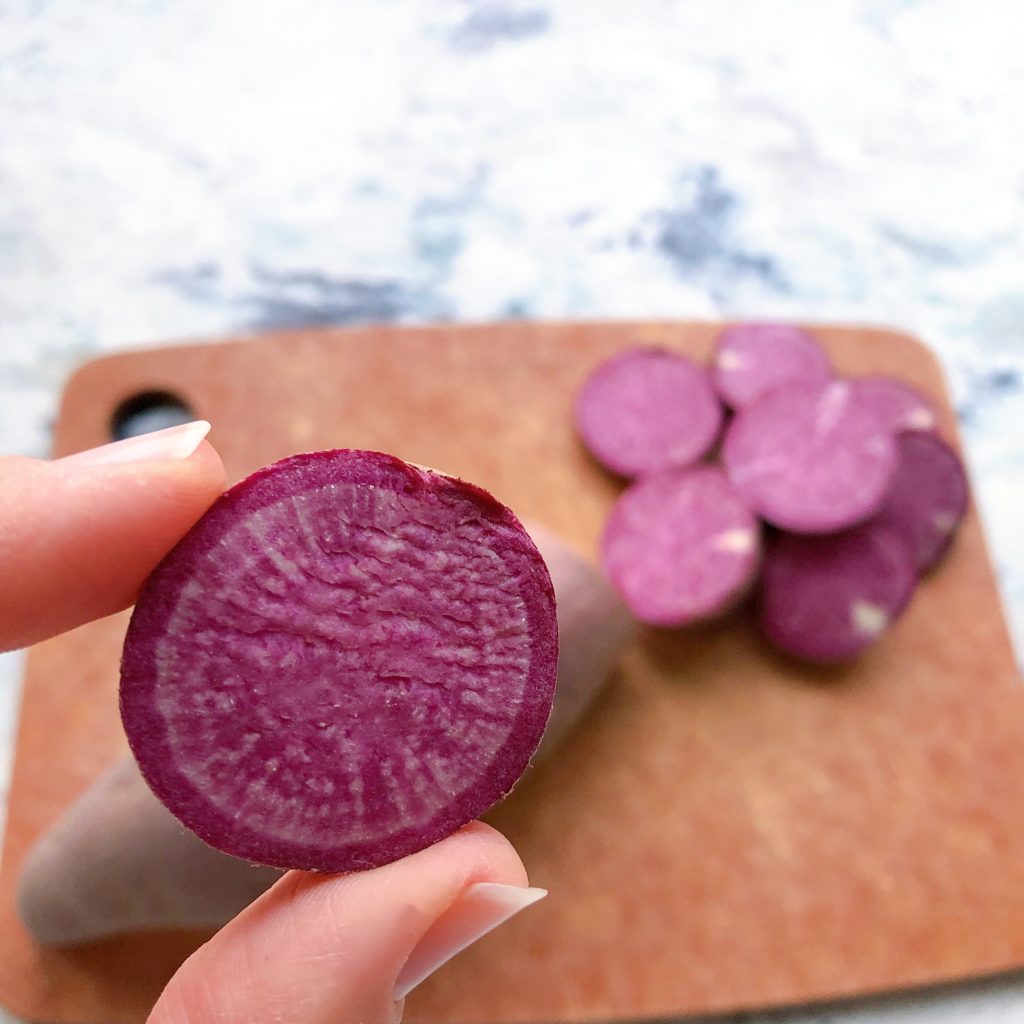Phytonutrients are powerful components of plants that, when consumed, defend our health. Due to these nutrients, it has been found that individuals who consume more plant foods have a lower risk of developing chronic diseases including diabetes, heart disease, and cancer. These nutrients are also important to the health of the plant itself due to their ability to provide protection from pests and environmental stressors. In the human body, they help to stimulate enzymes that rid the body of toxins, boost the immune system, improve cardiovascular health, promote healthy estrogen (hormone) metabolism, and stimulate the destruction and death of cancer cells. Phytonutrients are part of what makes food such an integral component of preventative health measures.
While fruits and vegetables are rich sources of phytonutrients, they are not the only sources of these protective compounds. Other sources include whole grains, legumes, herbs, spices, nuts, seeds, and teas. The phytonutrients come in all different colors – hence the importance of the saying “eat the rainbow”…and we aren’t talking about eating a lot of skittles. 😉 The colors should, of course, come from whole foods! Look for red, orange, yellow, green, blue/purple/black, and white/tan/brown foods. In order to promote good health, we should be eating a variety of these colors each day. A good goal is to strive to consume one or two servings of each color each day.
Why and How to Incorporate Color Into Your Daily Diet
A variety of color = a variety of nutrients! Each color provides different nutrients and, therefore, benefits for the body. Below you will find the benefits provided by the differently colored foods and sources of those nutrients.
Red
Benefits: reduces risk for cancer; protects the brain, heart, liver and immune system; cell protection; DNA health
Foods: apples, beets, bell peppers, blood oranges, cranberries, cherries, goji berries, grapes, onions, plums, pomegranate, potatoes, radishes, raspberries, strawberries, rhubarb, rooibos tea, tomatoes, watermelon
Orange
Benefits: protects the immune system, eyes and skin; reduces risk for cancer and heart disease; anti-bacterial; cell protection; supports reproductive health
Foods: apricots, bell peppers, cantaloupe, carrots, mango, nectarines, oranges, papaya, pumpkin, squash, sweet potatoes, tangerines, turmeric root, yams
Yellow
Benefits: anti-cancer, anti-inflammatory; provide protection for brain, heart, blood vessels, eyes, and skin; cell protection
Foods: apples, asian pears, bananas, bell peppers, corn, ginger root, lemons, millet, pineapples, potatoes, starfruit, summer squash
Green
Benefits: anti-cancer, anti-inflammatory; provide protection for the brain, heart, blood vessels, liver, and skin; promote liver functioning and, therefore, help to keep hormones in balance; cell protection
Foods: apples, artichokes, asparagus, avocados, bamboo sprouts, bean sprouts, bell peppers, bok choy, broccoli, brussels sprouts, cabbage, celery, cucumbers, edamame, green beans, green peas, green tea, greens (arugula, beet, chard, collard, dandelion, kale, lettuce, mustard, spinach, turnip), limes, okra, olives, pears, snow peas, watercress, zucchini
Blue/Purple/Black
Benefits: anti-cancer, anti-inflammatory; protect the heart and blood vessels; especially beneficial for brain health – protecting it from damage, supports cognition and memory; cell protection
Foods: berries, cabbage (purple), carrots (purple), cauliflower (purple), eggplant, figs, grapes, kale (purple), olives, plums, potatoes (purple), prunes, rice (black/purple)
White/Tan/Brown
**It is important to note the quality of the white/tan/brown foods being discussed here. We are not referring to breads, bagels, cereals, and baked goods! Instead, the foods in this category include items such as whole grains, legumes, nuts/seeds, fruits, and vegetables.
Benefits: anti-cancer, anti-inflammatory, anti-microbial; beneficial for liver and hormone health; supports heart health and gastrointestinal health
Foods: apples, cauliflower, cocoa, coconut, coffee, dates, garlic, ginger, jicama, legumes, mushrooms, nuts, onions, pears, sauerkraut, seeds (flax, sesame, hemp, pumpkin, sunflower), shallots, tea (black/white), whole grains (barley, brown, rice, oat, quinoa, rye, spelt, wheat)
Tips for Incorporating Colorful Foods Into Your Day
- Keep fruits and vegetables where you can see them so you remember to eat them (i.e. visible in the fridge, in a bowl on the counter, etc.)
- Cut up vegetables for easy “grab and go” options
- Eat dishes that have a wide variety of vegetables (i.e. soups, stir fry, salads, etc.)
- Add vegetables to recipes
- Utilize herbs and spices!
- Keep different colored foods available to you! When grocery shopping, ensure you’ve purchased some of each color. You cannot expect yourself to increase consumption of colorful foods if they’re not in your house.
- Make colorful swaps where they are needed (i.e. if you are lacking in blue/purple/black for the day, use purple sweet potatoes – pictured above – instead of other potatoes).

